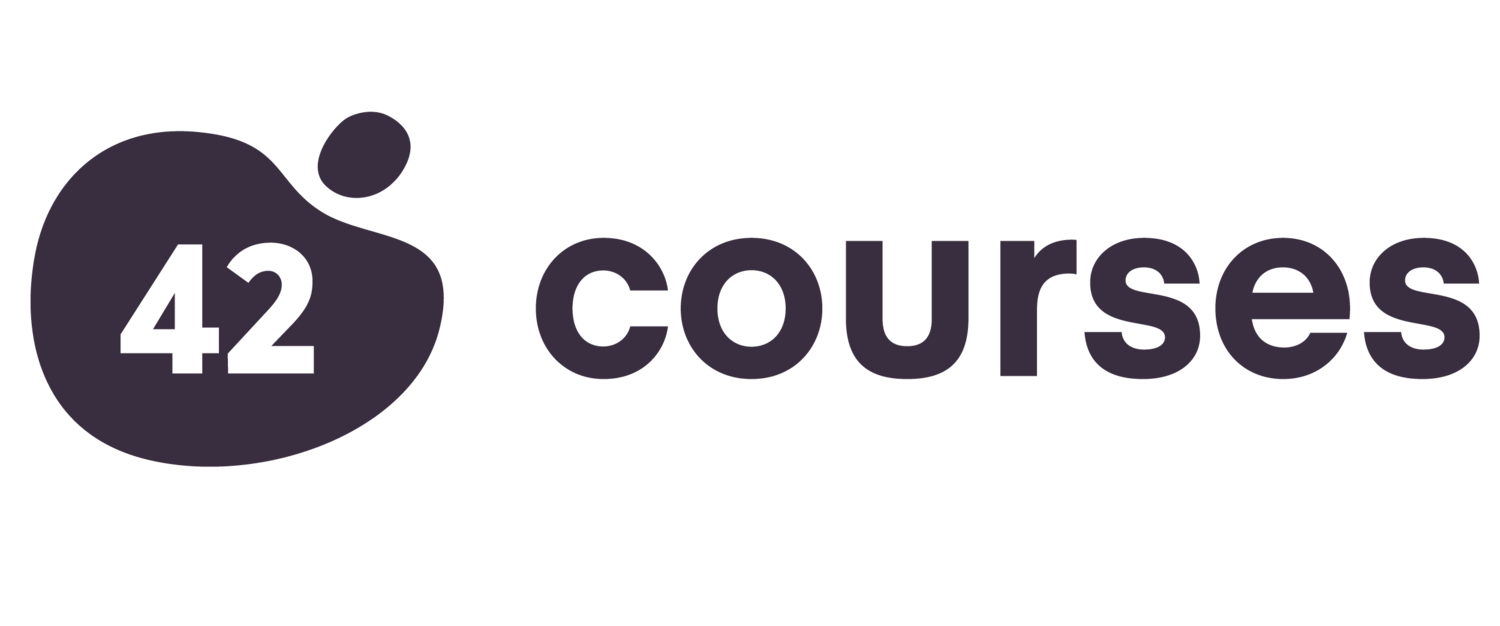5 More Tools For Making Better Decisions
“Most people make bad decisions because they are so certain that they’re right that they don’t allow themselves to see the better alternatives that exist.”
Back in 2003, Steve Jobs was diagnosed with a rare, slow-growing form of pancreatic cancer.
The doctors recommended immediate surgery, which they believed could have saved his life.
Steve said, “No thanks”, and decided to try alternative medicine instead - a decision he regretted a few months later.
Even the most brilliant people can make bad decisions, especially when emotions run high.
Therefore, learning how to make better decisions is something everyone should prioritise.
With this in mind, here are five ways you can improve the likelihood of good outcomes.
1. Automate The Small Stuff
“You’ll see I wear only gray or blue suits. I’m trying to pare down decisions. I don’t want to make decisions about what I’m eating or wearing—because I have too many other decisions to make.”
The more small decisions that you need to make, the less likely you are to get the big ones right.
Why? Every decision requires a small amount of mental energy. And when your brain’s tired, your judgment suffers.
This psychological concept is known as ‘decision fatigue’.
The solution? Turn your small decisions into habits.
For example, Steve Jobs famously wore a black turtleneck and jeans to work every day. Toto Wolff, the CEO of the Mercedes F1 team, eats the same breakfast, lunch and dinner every day.
Doing so frees up mental bandwidth for more complex decisions.
One simple tip is to schedule your most important decisions early in the day when you have the most cognitive energy.
2. The Newspaper Headline Test
“I want employees to ask themselves whether they are willing to have any contemplated act appear the next day on the front page of their local paper — to be read by their spouses, children, and friends — with the reporting done by an informed and critical reporter.”
Making tough decisions is never easy.
One helpful tool is to imagine the information appearing on the front page of a newspaper.
And then asking yourself, ‘Would I feel comfortable if this appeared in the news tomorrow?
The ‘newspaper headline test’ is a simple way to assess the integrity and transparency of your decisions.
If you’d be embarrassed, ashamed, or uncomfortable seeing your decision on the front page, it’s probably ethically questionable.
3. Emotional Distancing
“Never make a permanent decision based on a temporary emotion.”
When making decisions, we can sometimes overestimate the long-term emotional impact.
In other words, we think we will feel the same way about the decision in the future as we do when we make it.
In truth, this is rarely the case.
A clever tool to overcome this was invented by Suzy Welch, which she called the 10/10/10 Rule.
It forces you to think about your decisions on three different time scales.
How will you feel about it in 10 minutes?
How will you feel about it in 10 months?
How will you feel about it in 10 years?
These different time frames force you to ‘emotionally’ distance yourself from your decisions, giving you greater clarity of mind.
4. Learn From The Mistakes Of Others
“Only a fool learns from his own mistakes. The wise man learns from the mistakes of others.”
Making mistakes is an expensive way to learn.
A better strategy is to observe others' poor decisions and learn from them so you can avoid similar mistakes in the future.
For example, you don’t need to take on vast amounts of personal debt to understand that it’s a bad decision. You can read about it and then avoid borrowing money.
It’s why a book is one of the best investments you can make.
For the price of a few cups of coffee (or less), you can learn from the experiences of thousands of people throughout history.
And because human behaviour is unchanging, the decisions they made will guide you when making your own.
5. What Are You Really Giving Up?
“The cost of anything is the foregone alternative.”
When deciding to do something, you’re also making a decision not to do something else.
Because you’re so focused on that one decision, you don’t think about the other choices you could make. i.e. we often miss out on better opportunities because we don’t consider them in the first place.
E.g. if you buy that secondhand car, you’re passing up the opportunity of spending that money on something else, like a holiday or investments.
Understanding this ‘opportunity cost’ helps you make better decisions because it:
1. Clarifies trade-offs: Every choice involves a sacrifice. Opportunity cost helps you see the hidden costs of what you don’t choose, not just the benefits of what you do.
2. Improves resource allocation: Whether it’s time, money, or energy, thinking in terms of opportunity cost helps you allocate your resources where they’ll give you the most value.
3. Prevents short-term thinking: It encourages long-term thinking by highlighting future gains you might miss by focusing on immediate rewards.
Of course, you’ll never be able to eliminate all your bad decisions, but these tools can help you make fewer mistakes.
Do you use any decision-making tools that aren’t mentioned above? Share them in the comments below.






